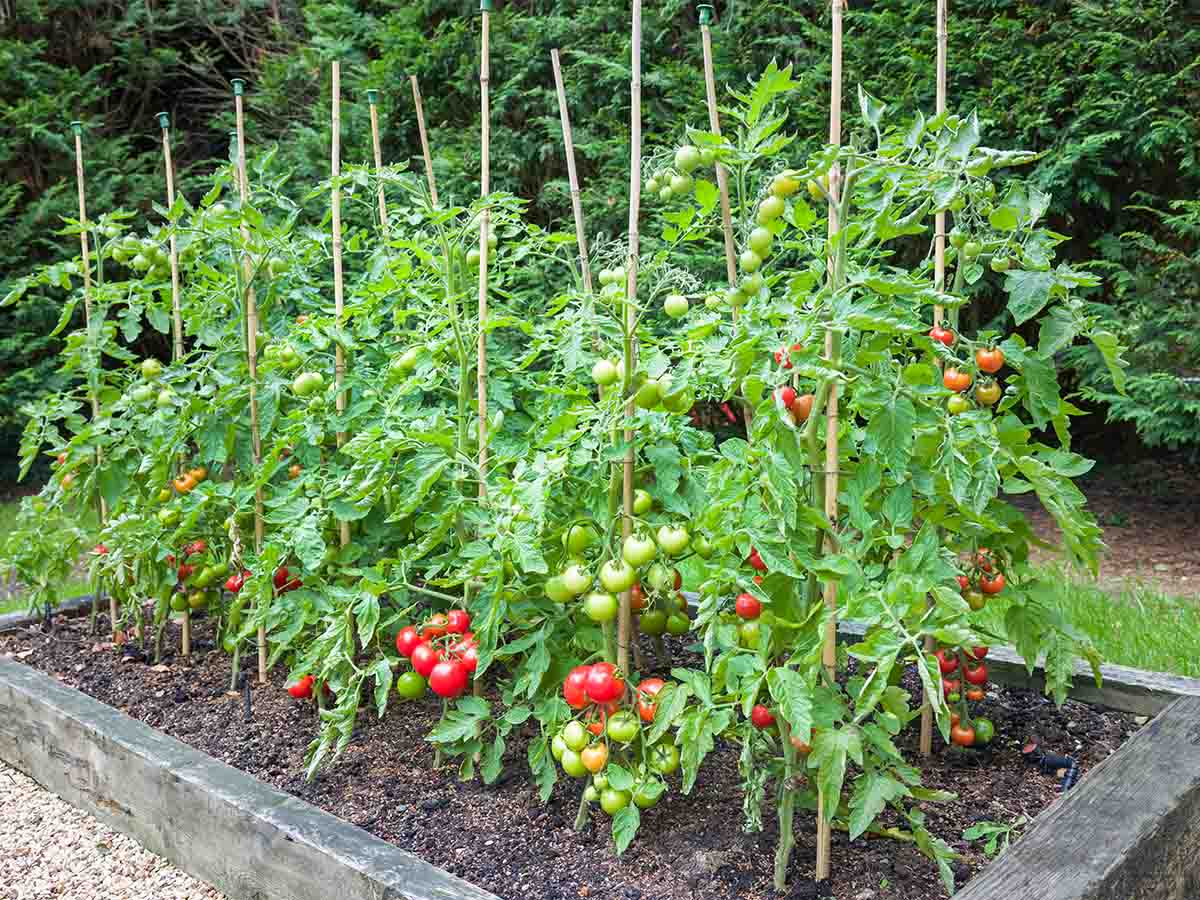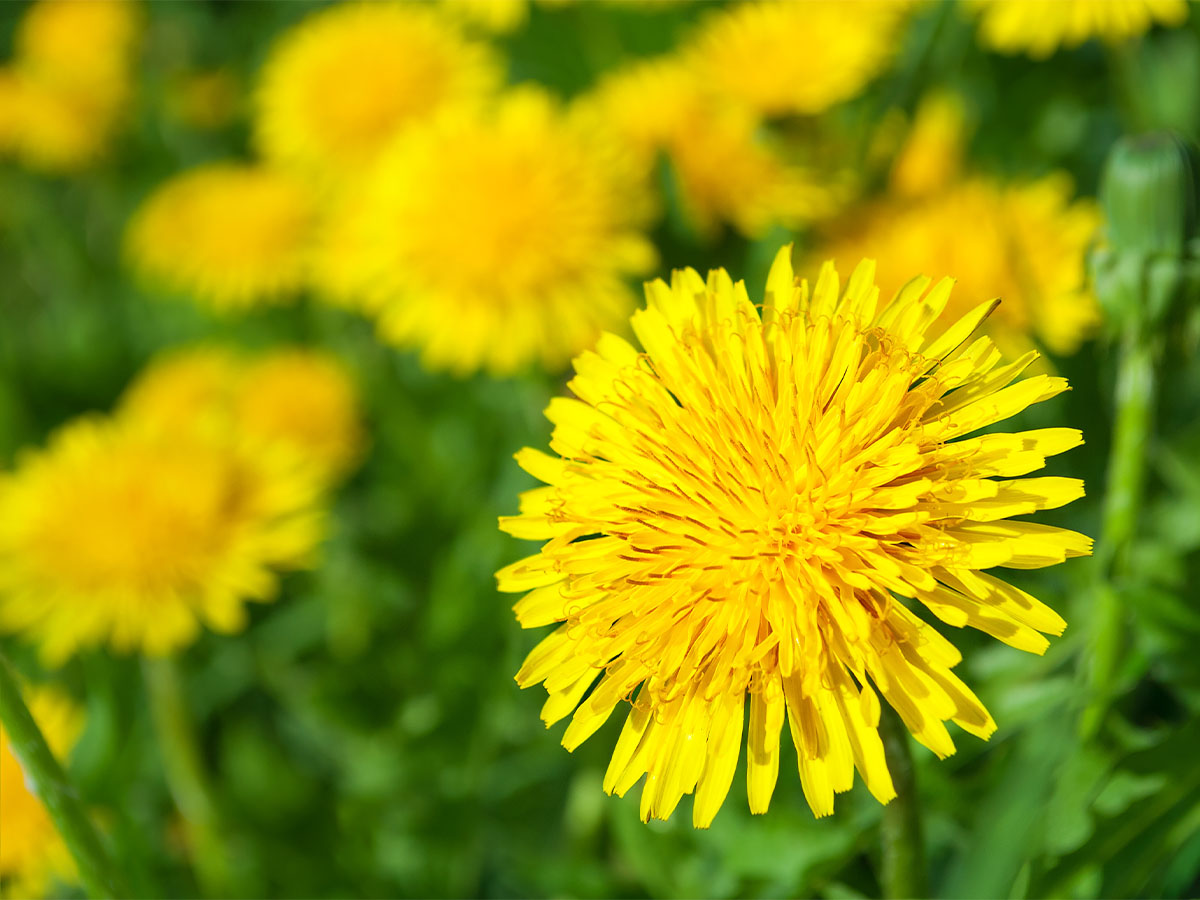Ivy

Ivy is a wonderful addition to any spring garden... if you're looking to give hundreds of little rats a new home. Ivy is beautiful, but the dense growth is a double-edged sword as it provides excellent hiding spots to keep their nest safe from predators.
Also, ivy tends to crawl up walls and along fences which essentially creates a rat super-highway, allowing them to move unseen. Finally, neglected ivy can trap food scraps and debris, offering a potential food source for these resourceful rodents.
Rose Bushes

Rose bushes are a fan favorite for gardeners across the country. Who can resist the unmatched floral scent and splash of color in your garden? Unfortunately, rats love them, too, and they'll commander every bush into their personal thorny oasis. The dense network of branches and thorns keeps predators like cats at bay and offers rats a safe haven to nest.
Unlike other flowering plants, roses typically maintain some foliage year-round, and fallen petals and even unripe rose hips are just another snack in their garden buffet, especially in combination with other food sources in your yard.
Fresh Fruit & Veggies

Remember Ratatouille? It's not too far off from the truth! Remy the rat loved to cook, and fresh produce was a must in his meals. It's only natural that fresh fruits and veggies in your garden are like a gourmet restaurant for them!
Plump tomatoes and crunchy cucumbers are a delicious change from their usual diet of seeds and trash, offering a concentrated burst of nutrients. Plus, unlike store-bought produce, your garden provides a constant supply to keep the rats well-fed. Even worse, vining plants like tomatoes or climbing beans create a hidden tunnel system, allowing rats to access their feast while staying concealed from view.
Clover Lawns

Clover lawns are peddled as lush alternatives to traditional grass, and they seem like a sustainable choice, but they can be a bit too sustainable once they start boosting the local rat population. First, clover is a tasty food source. Their leaves and flower heads are packed with protein and nutrients, making them a welcome change from their usual diet.
Unlike other seasonal plants, clover stays green most of the year, providing a reliable food source for the scavengers who love foraging under the dense, protective blanket.
Dandelions

Unlike neatly trimmed grass, dandelions' sprawling leaves create low ground coverage for traveling rodents looking for their next nesting ground. Not only that, but dandelions are desserts for rodents. Rats can (and will) eat the seeds and even nibble on the flower heads, especially during scarce times.
Dandelions tend to pop up in neglected areas of your garden, and those untended locations likely harbor other things rats like to eat, making your dandelion patch a kind of all-you-can-eat buffet for a hungry rodent.
Palm Trees

Palm trees might look like a luxurious addition to your yard, but they can be a five-star hotel for rats. Here's why: First, those huge leaves are perfect shelter from the elements and an above-ground metro system for rat mischiefs in the area.
The thick fronds allow rats to navigate your yard unseen while above ground. Plus, falling fruit or seeds from the palm can become a tasty snack for these scavengers.
Juniper Bushes

While juniper bushes are popular for landscaping, but their dense, low-growing branches attract rats like flies. The thick branches are ideal nesting spots, allowing them to raise their young undisturbed. Plus, junipers stay green year-round, offering constant protection for the nests.
Some juniper berries can be a supplementary food source for these resourceful scavengers, especially during lean times in the fall and winter months. Juniper is a wonderful evergreen if you don't mind a few furry friends calling it home!
Cypress Trees

Cypress trees are a rat jungle gym, allowing the pesky creatures to navigate silently and live in your yard rent-free. Not only that, the dense branches protect nests from wind and rain, making them cozy year-round.
While cypress trees themselves aren't a food source, they can offer access to other areas of your yard, like fruit trees or bird feeders, turning your cypress into a launching pad for their raids.
Birdseed and Grass Seed

Seeds are the best way to attract beautiful birds to your yard and fill any vacant birdhouses; however, you'll probably invite other unwanted guests if you leave seeds lying around. Here's the problem:
Spilled seeds become an all-you-can-eat buffet for rats, offering them a readily available source of energy. Even the smallest tear in your seed bag is a problem. Keep those seeds locked up! Unlike natural food sources that fluctuate with seasons, seeds provide a constant food supply,
Wood Piles

Wood piles are necessarily evil in the winter. Wood keeps us warm, and it's so easy to leave them in a pile outside, but they're attracting rats more than you realize. The gaps between logs are perfect for building nests and raising young undisturbed.
And like humans, rats love a cozy place to sleep. Woodpiles provide excellent insulation, keeping rats warm and comfortable during cold nights. Scraps of wood, nesting materials, and even leftover insects hiding in the wood can become midnight snack if you're not careful.
 Author
Darby Tanner
Last Updated: June 08, 2024
Author
Darby Tanner
Last Updated: June 08, 2024